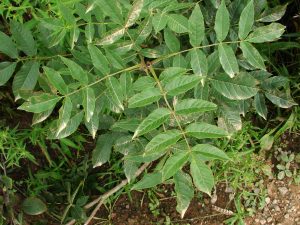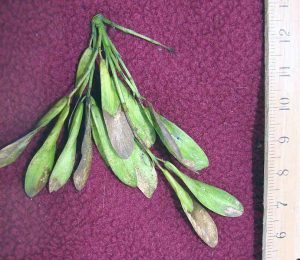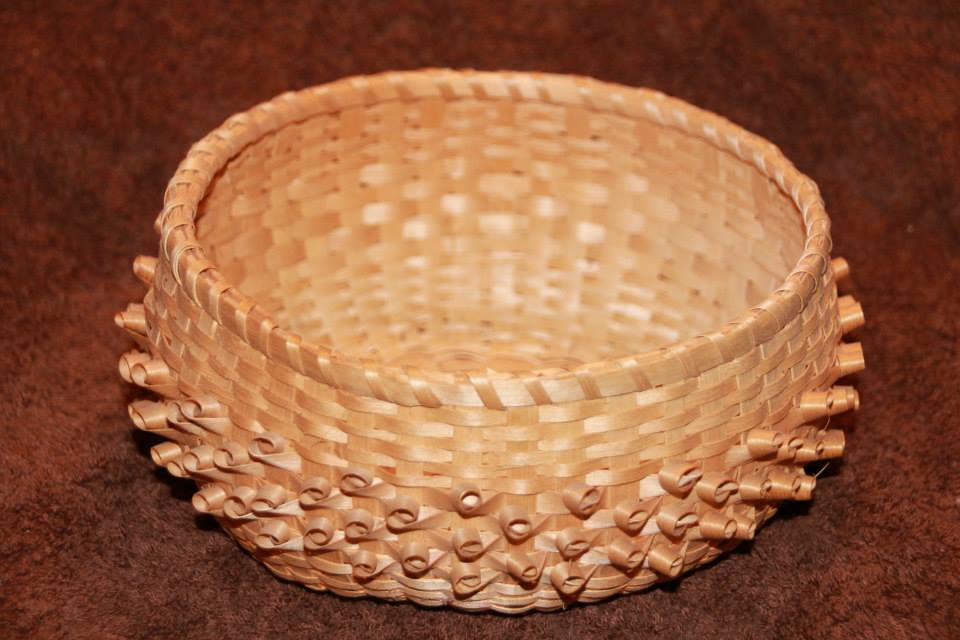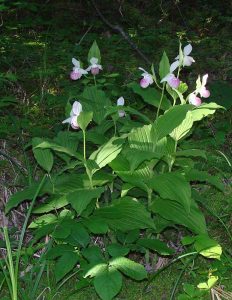More details about the species, its history of use by Mi’kmaw, and recovery efforts are given at wisqoq.ca. The website was set up specifically by Mi’kmawey Forestry “to act as a recovery tool by providing information on the species as well as promote hands-on recovery activities that will be conducted by Mi’kmawey Forestry.”
The species is Yellow-listed provincially (a species known to be, or believed to be, particularly sensitive to human activities or natural events). The status report describes Black Ash trees as “sparsely distributed across most of Nova Scotia, with several relatively large concentrations near Caledonia, Wentworth and Shubenacadie.”
So… be on the lookout for this species, especially in “poorly drained areas often along swampy woodland stream and river banks with moving water”. Check out the Identification page for features that distinguish it from White Ash and if you find some, send an e-mail to Conner Howard, the Mi’kmawey Forest Stewardship coordinator (chowardATmicmawconservation.ca) with the location and as possible, some photos.
View Mi’kmawey video for a nice overview of the role of Wisqoq in Mi’kmaq culture and their efforts to recover and sustain Wisqoq.
——–
Thx to MP for suggesting this post. Thanks Mi’kmawey Forestry.
ADDENDUM Apr 10, 2018
Anne Mills forwarded a link to an article about Black Ash in Newfoundland in Sarracenia (Newsletter of the Wildflower Society of Newfoundland and Labrador):
Uncommon Wildflowers of Newfoundland 17: Black Ash (Fraxinus nigra L.)
“As an interesting sideline, some have noted that the distributions of Black Ash and Showy Lady’s Slipper (Cypripedium reginae) are almost identical, both here in Newfoundland and also in the greater North American context.”
By Henry Mann, in Sarracenia Volume 22, Number 3 Winter 2018, pp25-28Indeed, what a find to discover the two species together!




